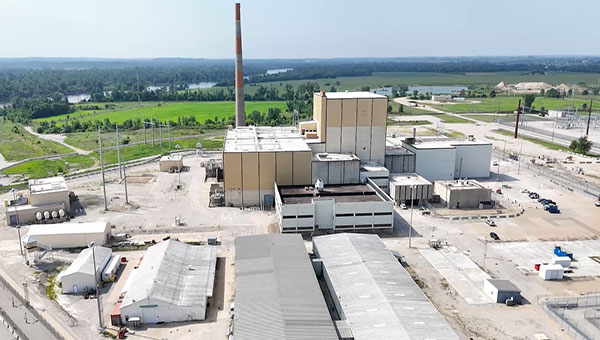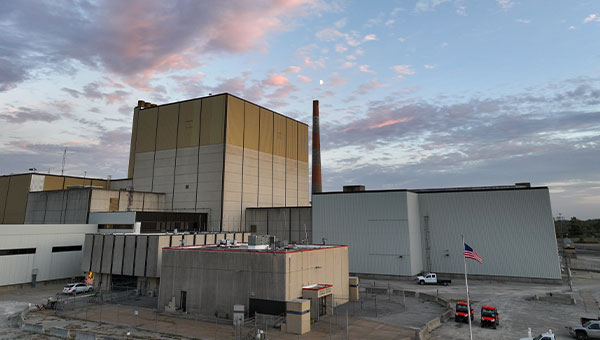Learn more about the Duane Arnold Energy Center
Duane Arnold Energy Center ceased producing power in August 2020 after safely and reliably serving the area for decades, including during the 2008 historic flooding event that affected the Cedar Rapids area and one of the state’s coldest winters in 2013.
During its operation, the Duane Arnold Energy Center supported the economy and energy needs for Iowa:
- Supported $255 million of economic activity
- Provided nearly 1,500 high-quality jobs during plant operations and outages
- Annual salaries of approximately $85 million (includes during outages)
- Approximately $3 million in direct state and local property taxes annually
- Reduced CO2 emissions by approximately 4 million tons annually – the equivalent of removing 800,000 cars from the road every year
- Supported the local community with more than $1 million in employee and company donations to non-profits during the time the company operated the plant
Restarting a nuclear power plant that has been shut down is a serious undertaking for both the nuclear industry and the Nuclear Regulatory Commission (NRC). The NRC is developing the restart procedures based on their experience with two other plants currently going through similar processes. We are working proactively with the NRC to ensure a safe, timely and compliant return to service. The company anticipates that Duane Arnold will be fully operational by the first quarter of 2029, with all key regulatory milestones on track. Beyond the NRC, we're also coordinating with other important agencies including the Linn County Emergency Management Agency and the Iowa Department of Health and Human Services. This comprehensive regulatory oversight ensures that every aspect of the restart meets strict safety, security and reliability standards before we can begin generating power again.
Safety is our absolute top priority at Duane Arnold, with multiple layers of protection designed to keep both our workers and the surrounding community safe. All spent nuclear fuel at the plant has already been moved to dry storage containers that are designed to withstand extreme natural events such as tornadoes, fires, flooding and earthquakes. We have rigorous monitoring protocols and layers of protection in place to ensure the safety of our employees and the public, and we follow the Nuclear Regulatory Commission's (NRC) strict safety standards. To protect the environment, we use a closed cooling system that prevents any interaction between cooling water and nuclear materials, and we will use cooling towers instead of discharging warm water back into the Cedar River.
Learn more about how we safely store spent fuel here.
In addition, nuclear plants are considered “critical infrastructure” by the federal government, a designation that means the industry takes extra precautions to monitor and protect cybersecurity. To match, the NRC has specific cybersecurity regulations dedicated to nuclear plant systems relied on for operation safety and security. The same goes for our physical security; nuclear plants are among the best-protected facilities in the nation and are held to the highest security standards.
Nuclear plants maintain comprehensive emergency response plans that are considered the "gold standard" in emergency preparedness, meeting strict requirements from both the Nuclear Regulatory Commission and the Federal Emergency Management Agency. These plans bring together federal, state and local responders including police, firefighters and paramedics, with the single goal of protecting communities and employees should an emergency occur. Every nuclear plant conducts regular training drills and a full emergency exercise every two years that's evaluated by federal agencies, followed by detailed reviews to identify improvements. These nuclear emergency plans are so effective that local officials often use portions of them to respond to other natural disasters and emergencies in their communities, and the plans continuously evolve based on lessons learned from real-world events across the industry.
Contact Information
Media Inquiries
Media.Relations@nexteraenergy.com
Project Inquiries
DuaneArnoldEnergyCenter@nexteraenergy.com
Career Inquiries


